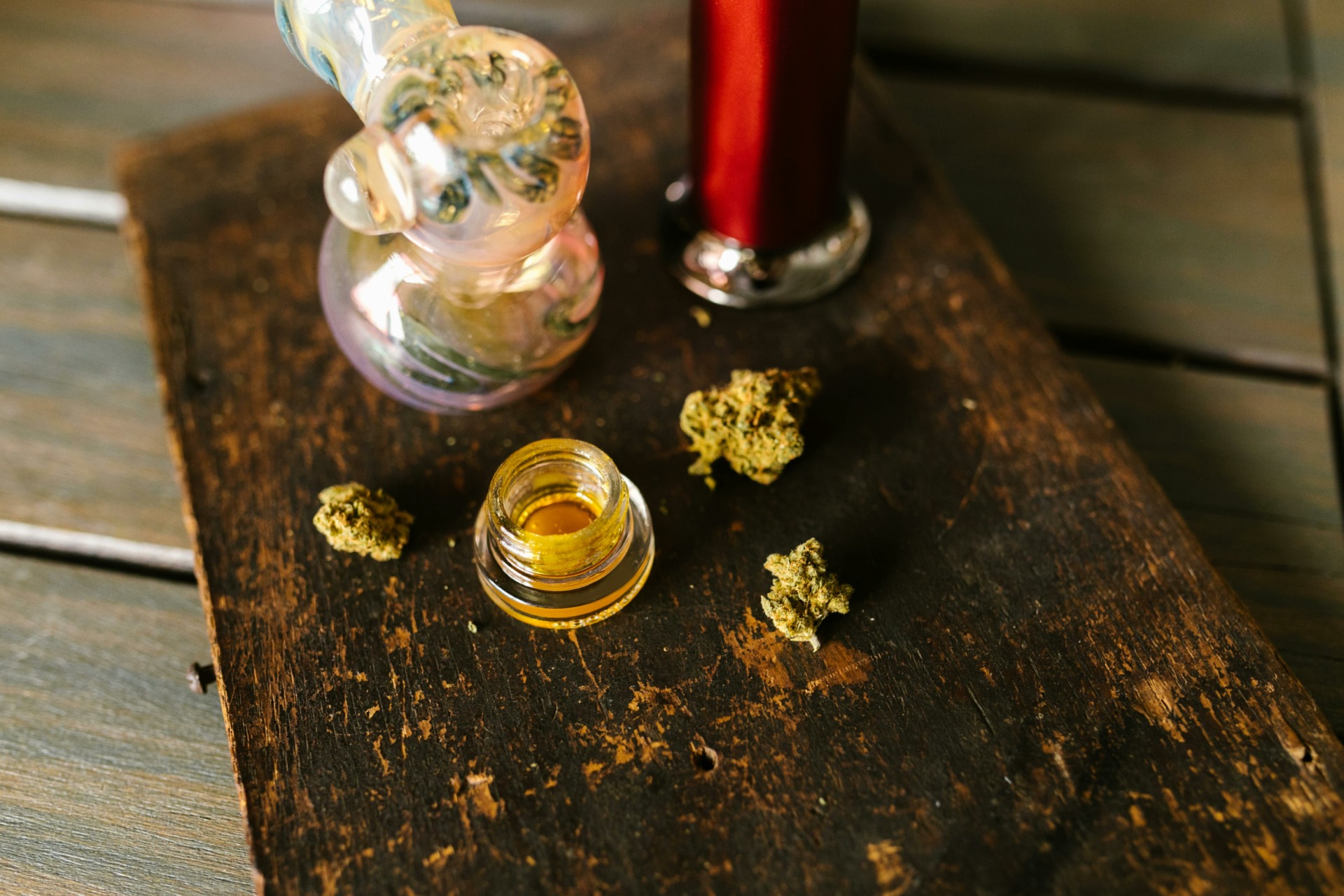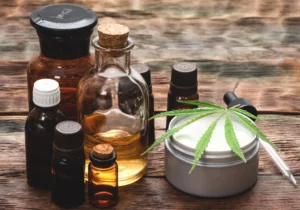Dabbing has been around since the 1970s, but with the growing movement to legalize cannabis, it’s taking on higher visibility. Many claim it’s a safer way to consume cannabis than smoking is. That said, the methods used to create butane hash oil (BHO), the highly concentrated form of marijuana used in dabbing, and the high temperatures produced by homemade dab rigs can expose users to high levels of a variety of
toxins, including known carcinogens such as methacrylein and benzene. So, is it safe to dab marijuana, or is it something you should avoid?
FOLLOW US ON FACEBOOK & INSTAGRAM
How Does Dabbing Cannabis Work?
Dabbing is a way to consume a very high concentration of tetrahydrocannabinol (THC)the psychoactive ingredient in cannabis that produces its well-known high. When cannabis is smoked, parts of the whole plant are burned, so that users consume not only THC but also non-psychoactive cannabis compounds like cannabidiol (CBD). Smoking also means you consume marijuana’s terpenes—the compounds responsible for the many flavors and aromas of different cannabis strains. But in dabbing, marijuana is processed using butane oil— a highly volatile, flammable solvent that extracts the terpenes. The result is BHO, which can vary in consistency from hard and solid to soft and waxy.
A dab of BHO is placed on a small surface called a nail, which is heated to very high temperatures to produce vapors consisting mainly of concentrated THC. The amount of THC can range from 50–90%—far more than the amount found in the natural plant. BHO can also have a terpene content of up to 35%—far more than smoked cannabis typically has. It’s this combination of high terpene content and high heat that means dabbing can raise the risk of exposure to carcinogens and other toxins.
RELATED: CANNABIS & CARCINOGENS: WHAT’S THE RISK?
Terpenes & High Temperatures: A Risky Combination
Terpenes are organic compounds found in the resins of plants of all kinds. Because they play a major role in creating a plant’s aroma and flavor, they’re used in a wide range of products such as essential oils, lotions, cosmetics and salves.
Cannabis has at least 70 terpenes. Many of them haven’t been well studied, so their effects are largely unknown, but the most prevalent terpenes in cannabis include myrcene, limonene, pinene and humulene. In different combinations, these compounds provide the unique scents and flavors of the many cannabis strains. In the natural cannabis plant, terpenes are largely nontoxic, but they aren’t inert.
Because they bind to the body’s natural endocannabinoid receptors in the brain and other areas of the body like cannabinoids do, terpenes are responsible for some of the effects of cannabis such as feelings of euphoria and relaxation. They also interact with cannabinoids like THC and CBD to moderate their actions on the brain and body—a mechanism known as the entourage effect. To enhance the effects of terpenes in BHO, some users even practice “terp dipping,”dipping their dab in terpene extract before using it.
When terpenes are heated to high temperatures, either by burning natural plant parts during smoking, or by subjecting butane hash oil to extreme heat during dabbing, they break down. As they degrade, they produce toxins, including some known carcinogens such as benzene and methacrylein. And when a person inhales the vapor produced by highly concentrated BHO on a dab nail, those toxins can enter the lungs and bloodstream.
Dabbers claim that dabbing marijuana is safer than smoking it, because when cannabis smoke enters the lungs, it carries with it not only burning terpenes but also other toxic byproducts of combustion. But the high terpene content of BHO and the extreme temperatures at which it’s often vaporized can create a different scenario of risk. Researchers believe that the higher the temperature terpenes are exposed to, the more carcinogens and toxins they produce.
Dab Rigs Often Have No Heat Control
As dabbing becomes more popular, so has the production of professional-grade dab rigs with temperature controls. But for most users, a dab rig is still a DIY project, which usually involves using a culinary torch or other high-heat source to heat the BHO on a surface that might be a literal nail or other heat-resistant material. As the dab is heated, it releases its high-THC, high-terpene vapors that users inhale.
Because homemade dab rigs have no thermostat, it’s virtually impossible to control the temperature—and temperatures on the nail of these setups can reach as high as 900F—far out of the recommended “safety zone” of around 500 to 610F, before toxins begin to be released.
RELATED: WHY DO SOME PATIENTS DAB MEDICAL MARIJUANA
Butane Can Be Risky, Too
BHO is the most common kind of cannabis extract used in dabbing. As its name indicates, BHO is created by a process that involves using highly flammable n-Butane, a solvent that’s also used in disposable cigarette lighters and a variety of other petroleum products. That strips out the cannabinoids and terpenes, resulting in the highly concentrated oil.
But if the butane is poorly processed, it can leave behind toxic residues that are also inhaled when a dab is heated. Now, as commercial processors are producing more and safer cannabis products of all kinds, it’s possible to buy safer versions of butane-processed BHO in some cannabis-friendly states, but in most cases users are still making BHO at home, raising the risk of exposure to butane toxins along with the products of terpenes heated to high temperatures when dabbing cannabis.
RELATED: UNDERSTANDING CANNABIS CONCENTRATES & HOW TO USE THEM
The popularity of dabbing comes from its ability to deliver a very concentrated, very potent form of THC along with the effects of far larger amounts of terpenes than in the natural cannabis plant. Dabbing involves inhaling rather than smoking, so this way of consuming cannabis reduces the risk of exposure to carcinogens produced by combustion. But if consumers aren’t careful, the high temperatures of many dab rigs can turn those beneficial terpenes into toxins.
If you’re new to cannabis and want to learn more, take a look at our Cannabis 101 post. HelloMD can help you get your medical marijuana recommendation; it’s easy, private and 100% online.






